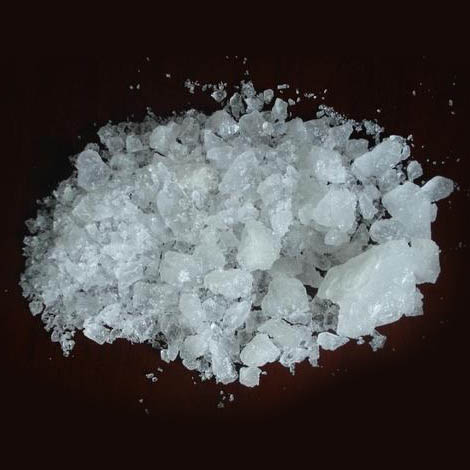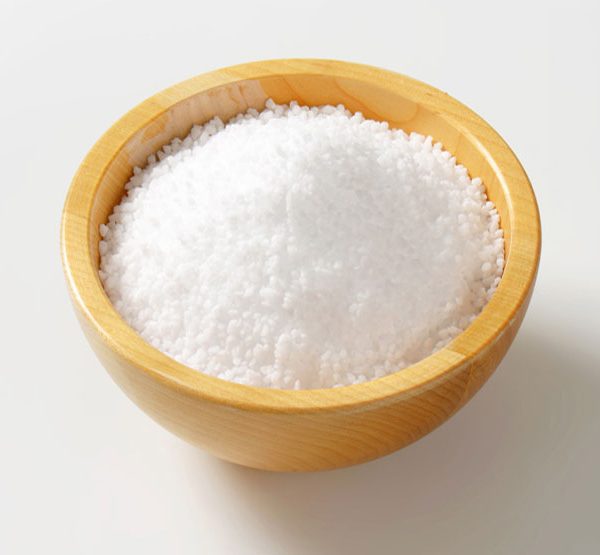Food additive
As a food additive, SHMP is used as an emulsifier. Artificial maple syrup, canned milk, cheese powders and dips, imitation cheese, whipped topping, packaged egg whites, roast beef, fish fillets, fruit jelly, frozen desserts, salad dressing, herring, breakfast cereal, ice cream, beer, and bottled drinks, among other foods, can contain SHMP.
Preparation
SHMP is prepared by heating monosodium orthophosphate to generate sodium acid pyrophosphate:
- 2 NaH2PO4 → Na2H2P2O7 + H2O
Subsequently, the pyrophosphate is heated to give the corresponding sodium hexametaphosphate:
- 3 Na2H2P2O7 → (NaPO3)6 + 3 H2O
followed by rapid cooling.
Reactions
SHMP hydrolyzes in aqueous solution, particularly under acidic conditions, to sodium trimetaphosphate and sodium orthophosphate.
History
Hexametaphosphoric acid was named (but misidentified) in 1849 by the German chemist Theodor Fleitmann. By 1956, chromatographic analysis of hydrolysates of Graham’s salt (sodium polyphosphate) indicated the presence of cyclic anions containing more than four phosphate groups; these findings were confirmed in 1961. In 1963, the German chemists Erich Thilo and Ulrich Schülke succeeded in preparing sodium hexametaphosphate by heating anhydrous sodium trimetaphosphate.
Safety
Although sodium phosphates are generally of low toxicity (or even nutritious), sodium hexametaphosphate is very toxic. It causes “massive shock, irregular pulse, eventually bradycardia, and severe hypocalcemia

















Reviews
There are no reviews yet.